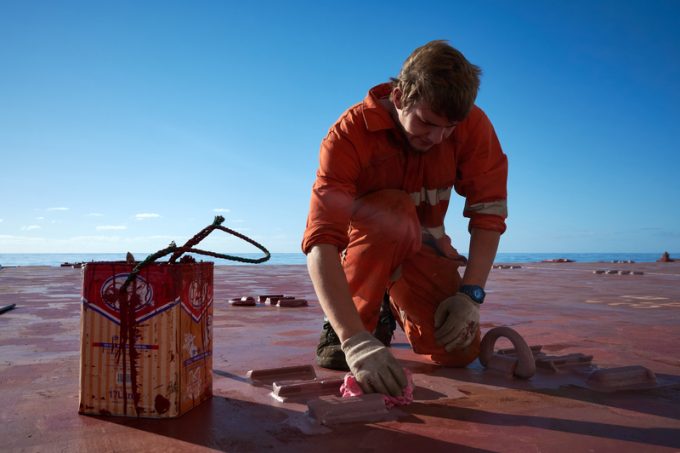OceanX: Whither TradeLens and the digitisation challenge? China's Covid conundrum
Disquieting digi-questions to digest…

The Philippines today opened the first green lane to allow seafarers to travel unhindered across its borders, as measures to relieve the hundreds of thousands of trapped vessel crew members were stepped up.
The country is the largest supplier of seafarers to the shipping industry and ...
Four crew members still missing as Wan Hai 503 continues to burn
Explosions and 'out-of-control' fire reported on Wan Hai box ship
Carrier price hikes hold, driving spot rates higher as space gets scarcer
Predatory rivals circle as the ripples from DSV's Schenker buy widen
MSC Elsa crew face criminal probe, as Wan Hai 503 firefighters battle on
'It's driving us mad', say forwarders as US court fails to end tariff turmoil
Transpacific rates ease as capacity boost proves too much for trades to digest

Comment on this article